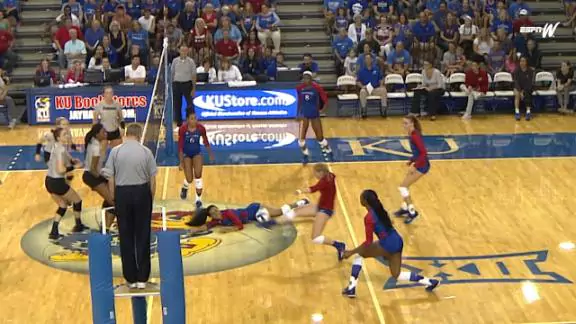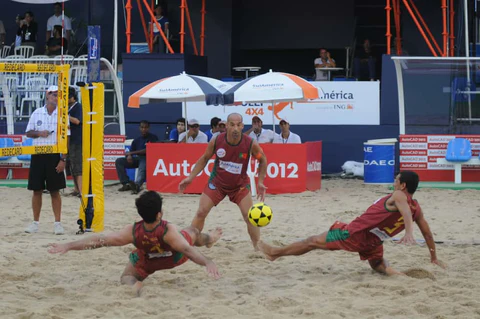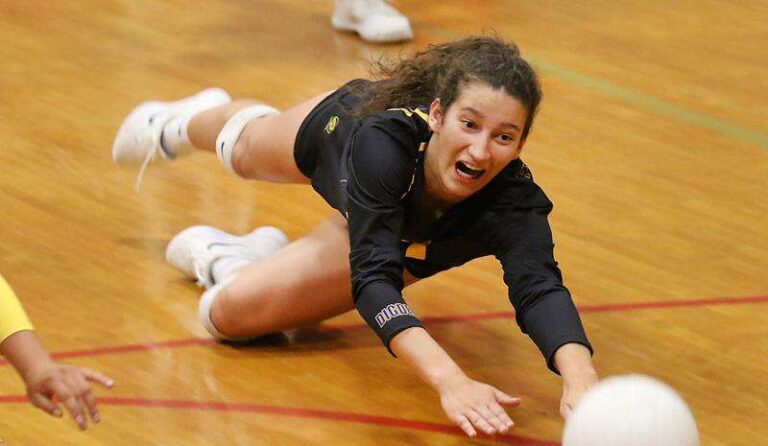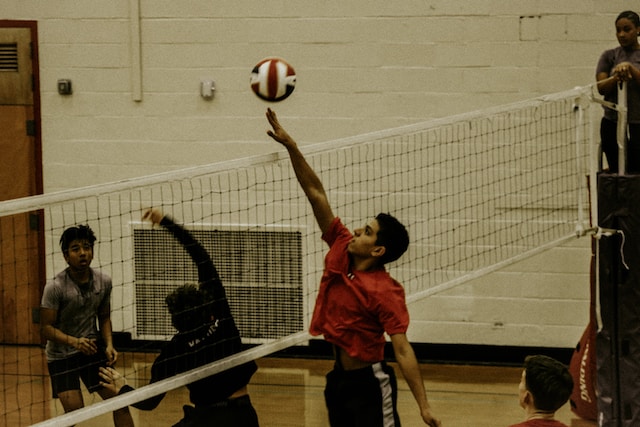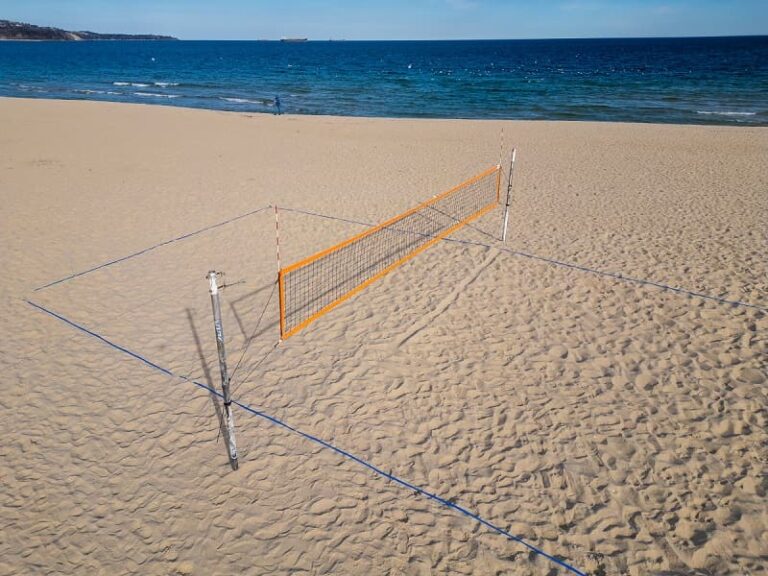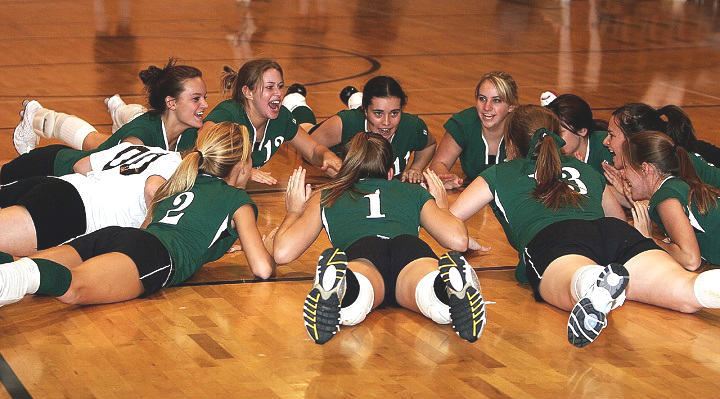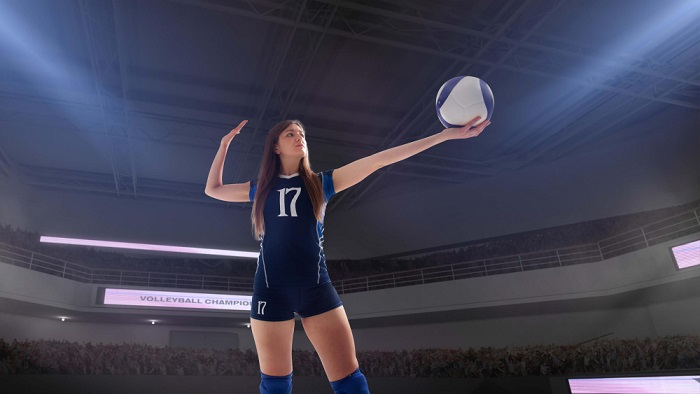Can You Kick the Ball in Volleyball?
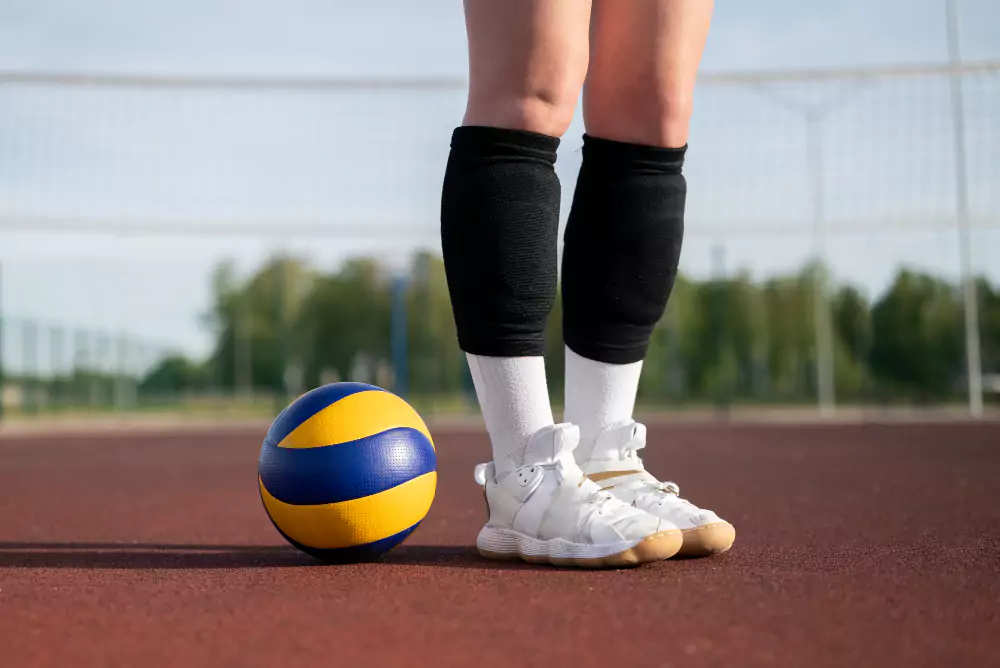
Volleyball is a game that brings excitement and energy to people of all ages. It’s known for its quick moves and incredible teamwork on the court. You’ve probably seen players use their hands to hit, pass, and spike the ball, but have you ever wondered if their feet can be part of the action, too? Can you kick the ball in volleyball? We’re about to embark on a journey to uncover the answer to this question. In this blog, we’ll dig into the rules and explore whether using your feet in volleyball is allowed. So, discover whether kicking can add a new twist to the volleyball game. Let’s serve up some answers and explore the exciting possibilities!
Can You Kick A Volleyball?
Yes, kicking the volleyball is allowed, as specified in FIVB Rule 9.2 and USAV Rule 9.2. These are the official organizations that make the volleyball rules. Their rules clearly state that players can use any part of their body during the game, not just their hands and arms. This flexibility allows players to use their legs, feet, and other body parts while following the rules. This rule brings excitement and creativity to the game, making volleyball a dynamic and enjoyable sport. Players can make clever saves and quick reactions, and they’re free to use different body parts, adding an element of surprise and fun to the game.
Can You Kick The Ball In Volleyball NCAA ?
Absolutely, in NCAA volleyball, players have the green light to kick the ball during the game. NCAA Rule 14.2 explicitly states that the ball can contact any part of the player’s body. This rule goes beyond the conventional use of hands and arms, allowing players to utilize various body parts, including their legs and feet. This flexibility in the NCAA regulations encourages players to be innovative and adaptable on the court, contributing to the overall dynamism and thrill of volleyball under the NCAA’s governance. So, whether it’s a clever save or a strategic move using other parts of the body, the NCAA’s rulebook promotes a more vibrant and engaging volleyball experience for players and spectators alike.
Can You Kick The Ball In Professional Volleyball?
Yes, you can kick the ball in professional volleyball according to the FIVB Rule 9.2. This rule permits players to use any part of their body, including their feet, to contact the ball, as long as it is done within the boundaries and guidelines of the game. However, it’s important to note that kicking should be in compliance with the specific rules outlined by the FIVB to avoid any violations. So, while kicking is allowed, it must be done in a controlled and rule-abiding manner in professional volleyball.
Can You Kick In Volleyball Olympics?
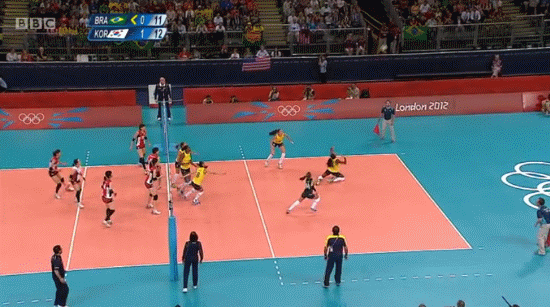
Yes! In Olympic volleyball, players can use their entire body, including different body parts, to make contact with the ball. As stated by NBC Olympics Rules, the rule emphasizes that these contacts should happen simultaneously. This means that players can use their hands, arms, legs, feet, or any part of their body to play the ball as long as these actions coincide. This inclusive approach allows for a more dynamic and creative style of play, making Olympic volleyball an engaging and versatile sport. It’s all about embracing the diversity of skills and techniques, adding an element of surprise and fun to the game, both for the athletes and the spectators.
Can You Kick the Ball in Beach Volleyball?
Yes! In beach volleyball, you can kick the ball, as confirmed by the FIVB Beach Volleyball Rule 9.2. According to this rule, the ball can come into contact with any part of the player’s body, including their feet, hands, arms, or other parts. This inclusive rule emphasizes that the ball’s contact with various body parts is acceptable, promoting a more versatile and dynamic style of play in beach volleyball. So, kicking the ball is not only allowed but also an exciting and strategic option for players competing in beach volleyball, adding an element of surprise and creativity to the game.
can you kick the ball in high school volleyball?
Understanding how ball handling works in volleyball can be tricky. The basic rule is that the ball can touch any part of a player’s body, like their head, arms, or feet, as long as it’s done correctly. Yes, players can even kick the ball, but there’s a catch. The word “judgment” is a big deal for the referees who make calls during the game. They have to decide how long the ball can stay in contact with a player, and if it’s too long, it’s considered a foul. In different volleyball leagues, there are special rules for how strictly referees should enforce these judgment calls. It can be challenging for the referees to make quick decisions, and they need to be fair and consistent. So, while volleyball may look like a straightforward game, there are many rules and judgment calls that keep it exciting and a bit complex!
Can You Kick The Ball To Serve In Volleyball?
In official volleyball, you cannot use your foot to serve the ball. The standard method for starting a game is by serving it using your hand. There are specific official service techniques, such as the underhand and overhand serves. The underhand serve involves a gentle underhand motion, while the overhand serve is more powerful and typically performed using an overhand throwing motion. These techniques ensure fairness and consistency in the game, as well as allowing for precise and controlled serves that follow the rules. Please note that different variations and informal games may have their own rules regarding serving, so it’s essential to understand the specific regulations for the game you are playing.
Best Volleyball Foot Saves
Volleyball Related Questions
- Can You Touch The Net In Volleyball?
- What Is A Dig In Volleyball?
- How Many Sets Are In A Volleyball Game?
- What Is An Ace In Volleyball?

I’m James Ritter, a sports enthusiast. I’ve played sports since school, and now I enjoy writing about them. My goal is to inspire aspiring athletes through stories of success and determination. I believe anyone can achieve greatness with the right guidance. I aim to make a positive impact on the sports community by sharing stories and insights, connecting my love for sports and writing. Join me on this journey of inspiration for all sports lovers.

